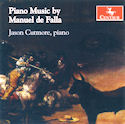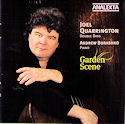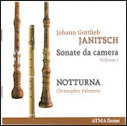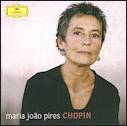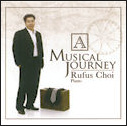Mendelssohn - Piano Concertos 1 & 2; Symphony No.5 - Louis Lortie; Orchestre Symphonique de Quebec
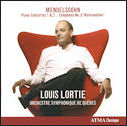 Mendelssohn - Piano Concertos 1 & 2; Symphony No.5
Mendelssohn - Piano Concertos 1 & 2; Symphony No.5
Louis Lortie; Orchestre Symphonique de Quebec
ATMA ACD2 2617
To mark the 200th anniversary of the birth of Felix Mendelssohn ATMA has released a disc featuring both of his piano concertos and the Symphony No. 5 - the “Reformation”, with the Québec Symphony Orchestra and Louis Lortie, as both soloist and conductor. Lortie has come a long way since his fine debut recording of the complete Chopin Etudes on the Chandos label in 1989. Now recognized as one of the world’s foremost pianists, he is as comfortable with conducting from the keyboard as he is with performing, as this disc clearly demonstrates.
Mendelssohn composed his two piano concertos seven years apart, the first in 1830 while in Italy (completing it in Germany), and the second in England, shortly after his marriage to Cécile Jeanrenaud. While the second is perhaps more serious in tone, both have many similarities – brisk solo passages requiring considerable dexterity, lyrical slow movements, and an overall sense of fine craftsmanship. Not surprisingly, Lortie rises to the challenges admirably, and together with the OSQ, both concertos are performed with great panache. This is indeed a most conducive pairing of soloist and orchestra.
Mendelssohn’s Symphony No. 5 was completed in 1830, honouring the 300th anniversary of the Lutheran faith. Under Lortie’s competent baton, the OSQ again treats the music with the respect it deserves, achieving a grand and noble sound. While the second movement was taken at a brisker pace than I would have liked, it certainly didn’t detract from this most satisfying performance. So to all concerned - félicitations on some fine music-making!


